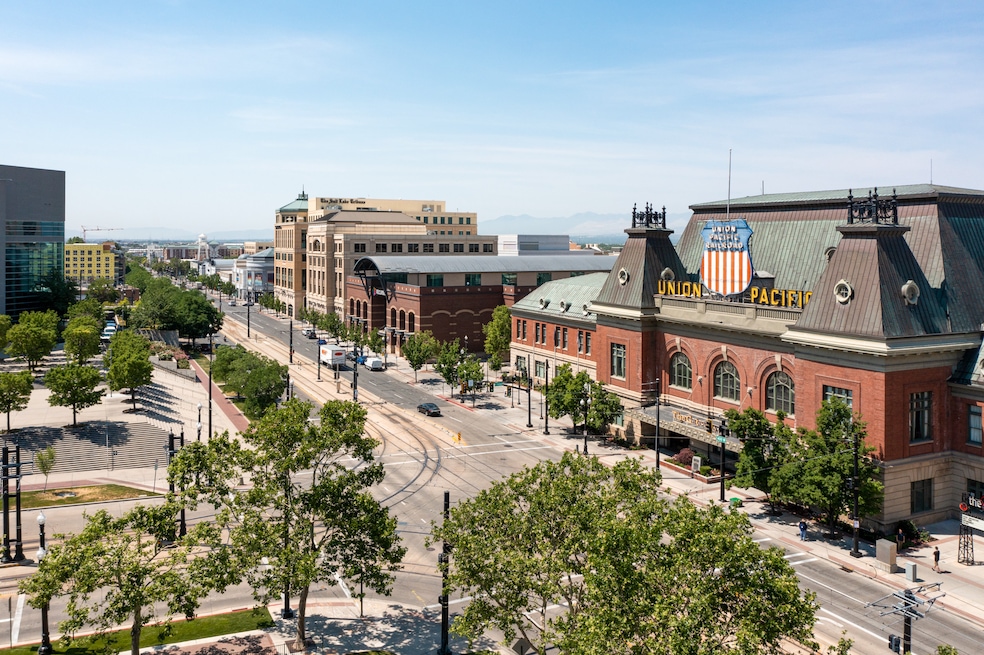Black applicants for mortgages are denied at nearly twice the rate of all other applicants across the U.S., proving a persistent barrier to homeownership within the demographic.
A new study from online mortgage marketplace LendingTree found that 19% of mortgage applications are denied for Black applicants, 1.7 times higher than the 11.27% denial rate for all other borrowers.
In Grand Rapids, Michigan, the denial rate for Black borrowers was 23.9% compared to 14.15.% for other applicants, the largest gap of any metropolitan area in the country, according to LendingTree.
Detroit had the second-largest discrepancy, with a 21.25% denial rate for Black applicants versus 12.71% for everyone else, according to LendingTree. Raleigh, North Carolina, was the third-highest with an 8.44-point gap.
What’s more, the gap increased in each of these metro areas between 2022 and 2024, according to the study.
All three metropolitan areas have Black populations higher than the U.S. average of 14.4%, according to the U.S. Census Bureau. Black people made up more than 77% of Detroit’s total population in the 2020 census.
Salt Lake City had the lowest differential, with 8.94% of Black applicants denied versus 8.7% for others. But Black homebuyers made only 1.5% of loan applications in the city in 2023, meaning the numbers represent 27 denials in only 300 applications.
“With such a small quantity, a handful of approvals or denials could alter the rate,” the report said.
Credit history is the top factor
The study found debt-to-income ratio was the most common decision factor, accounting for 34% of denials for all applicants.
But credit history was responsible for 33.16% of Black applicant denials, as opposed to 24.85% for all other applicants.
Architect Rebecca Talbert, who's on the board of the Hannibal Square Community Land Trust in Winter Park, Florida, is working with the group to increase homeownership among Black and historically disadvantaged populations.
Many applicants that her organization has worked with come from backgrounds without homeownership and don’t get generational education around mortgage requirements, Talbert said.
“Learning about credit and making sure people have the resources to improve their credit" score helps significantly, Talbert said. “Understanding that even missing your cellphone bill a couple times can affect your credit.”
The homeownership rate for Black Americans was 44.7% in the first quarter, compared with 57.2% for the population as a whole and 74.2% for non-Hispanic white residents, according to the Federal Reserve Bank of St. Louis.
Beyond credit, Talbert said many applicants have struggled to keep up with the rise in home prices.
“A lot of it is just the general affordability" issue, she said. “Some of them can save for a down payment, but they can’t qualify for a mortgage payment that’s high enough for the homes on the market.”
The national median home price was $388,829 in May, more than $123,000 over where the price was at the same time in 2020, according to Homes.com research. While inventory of homes for sale hit over 1 million in May for the first time since the pandemic, prices have continued to rise.
“Until we have more supply of housing, and a greater variety of housing, to bring prices down,” disadvantaged communities will continue to struggle, Talbert said.

